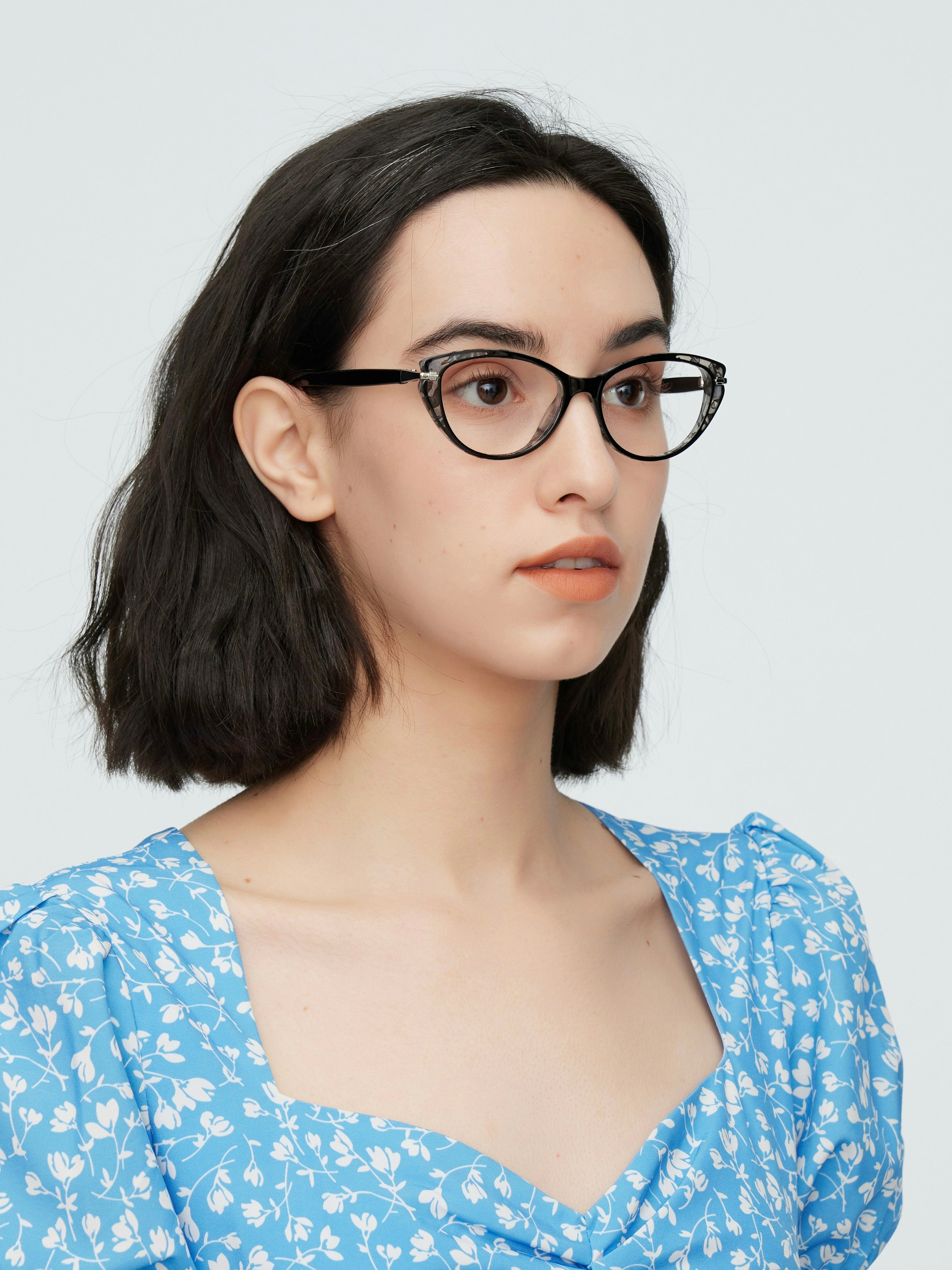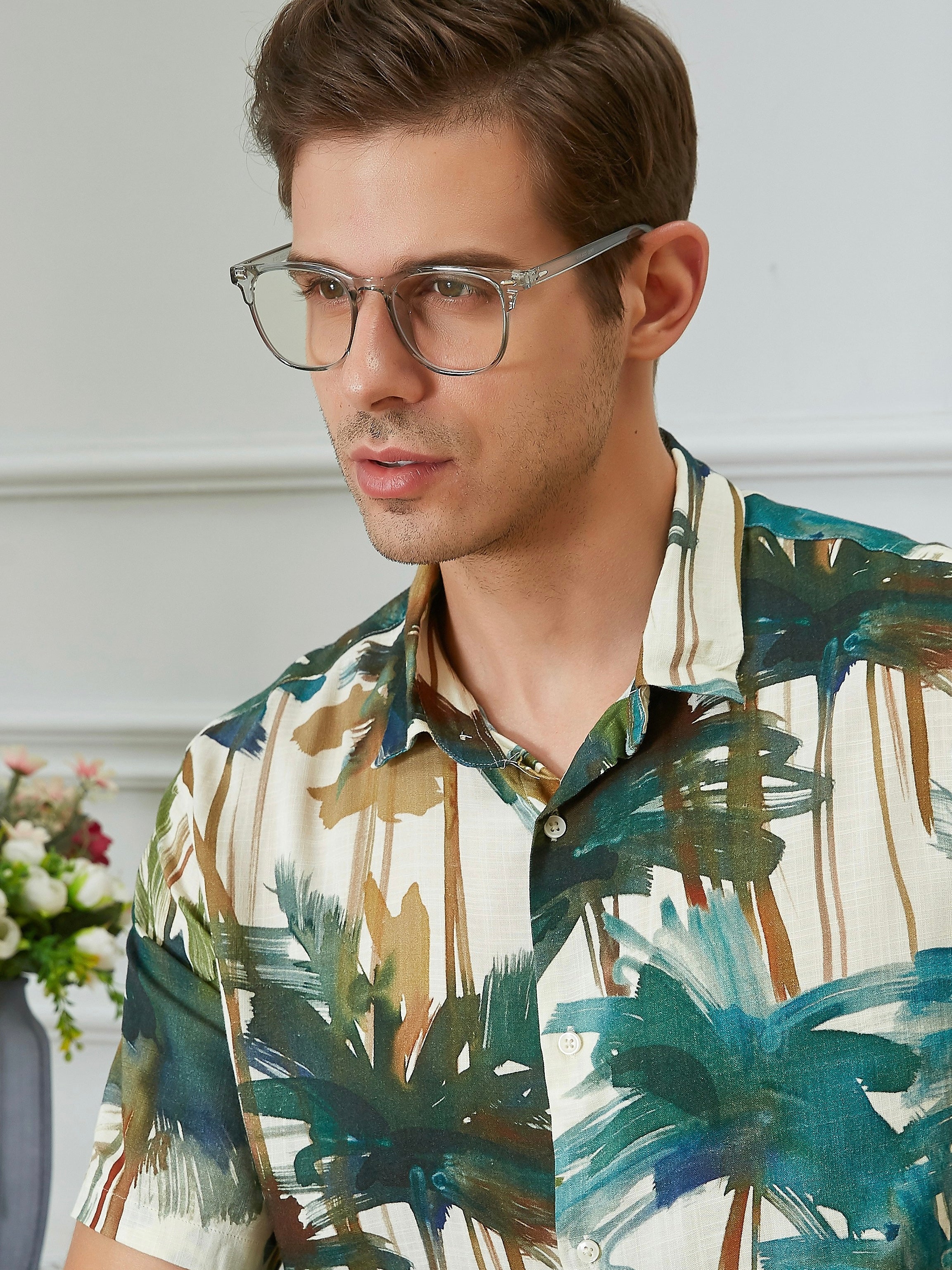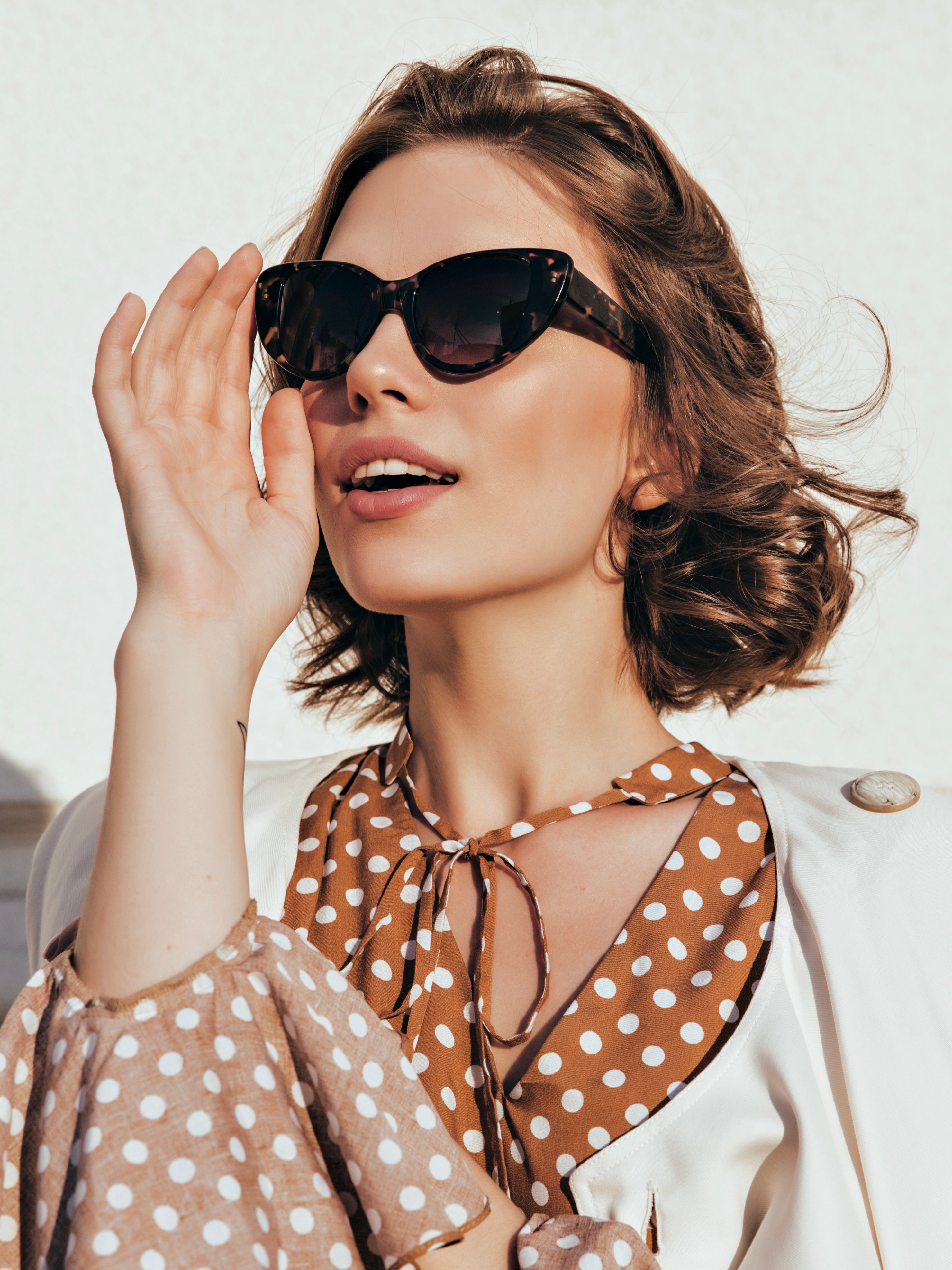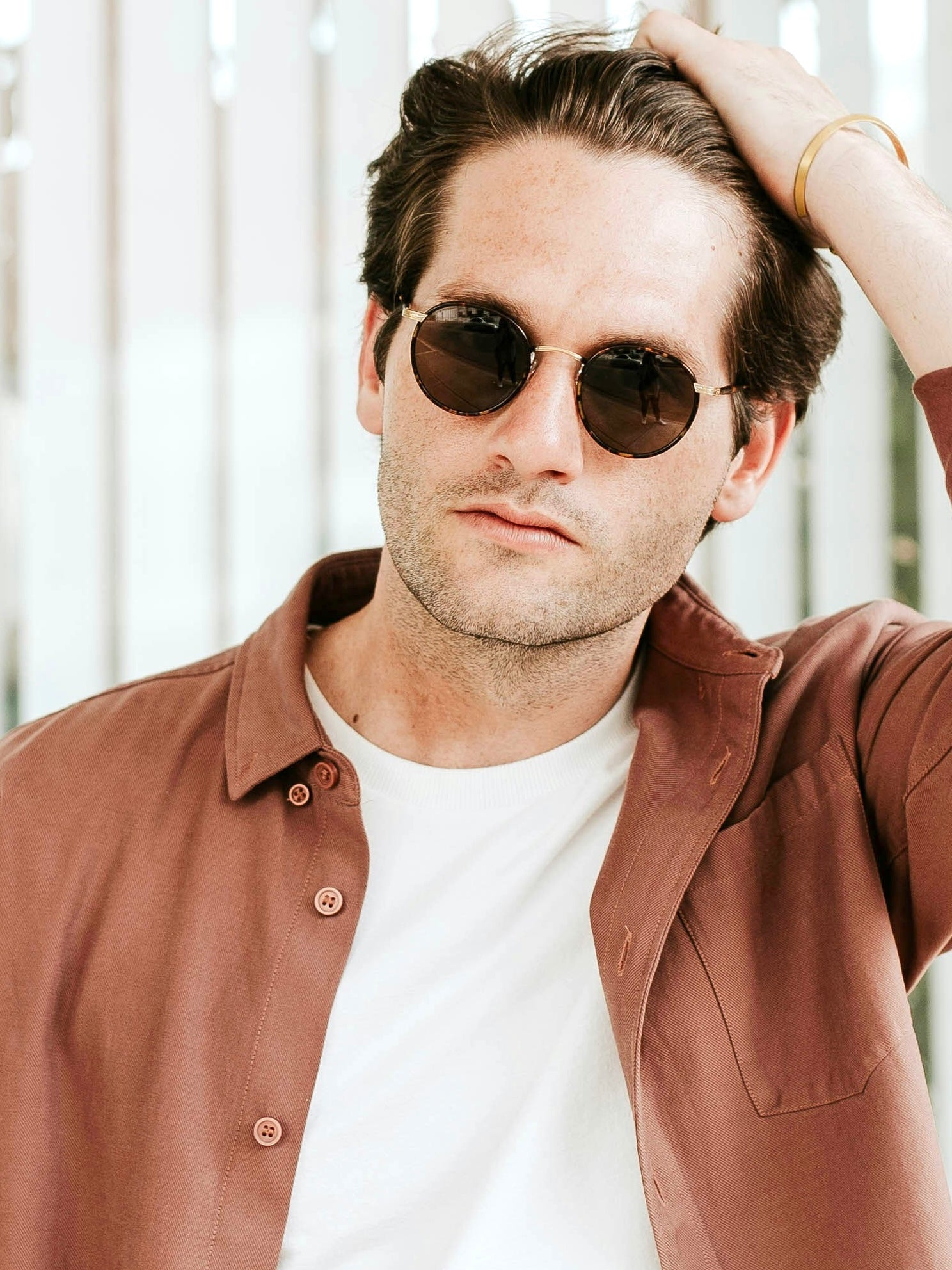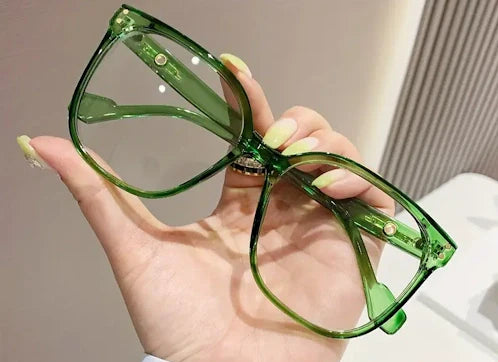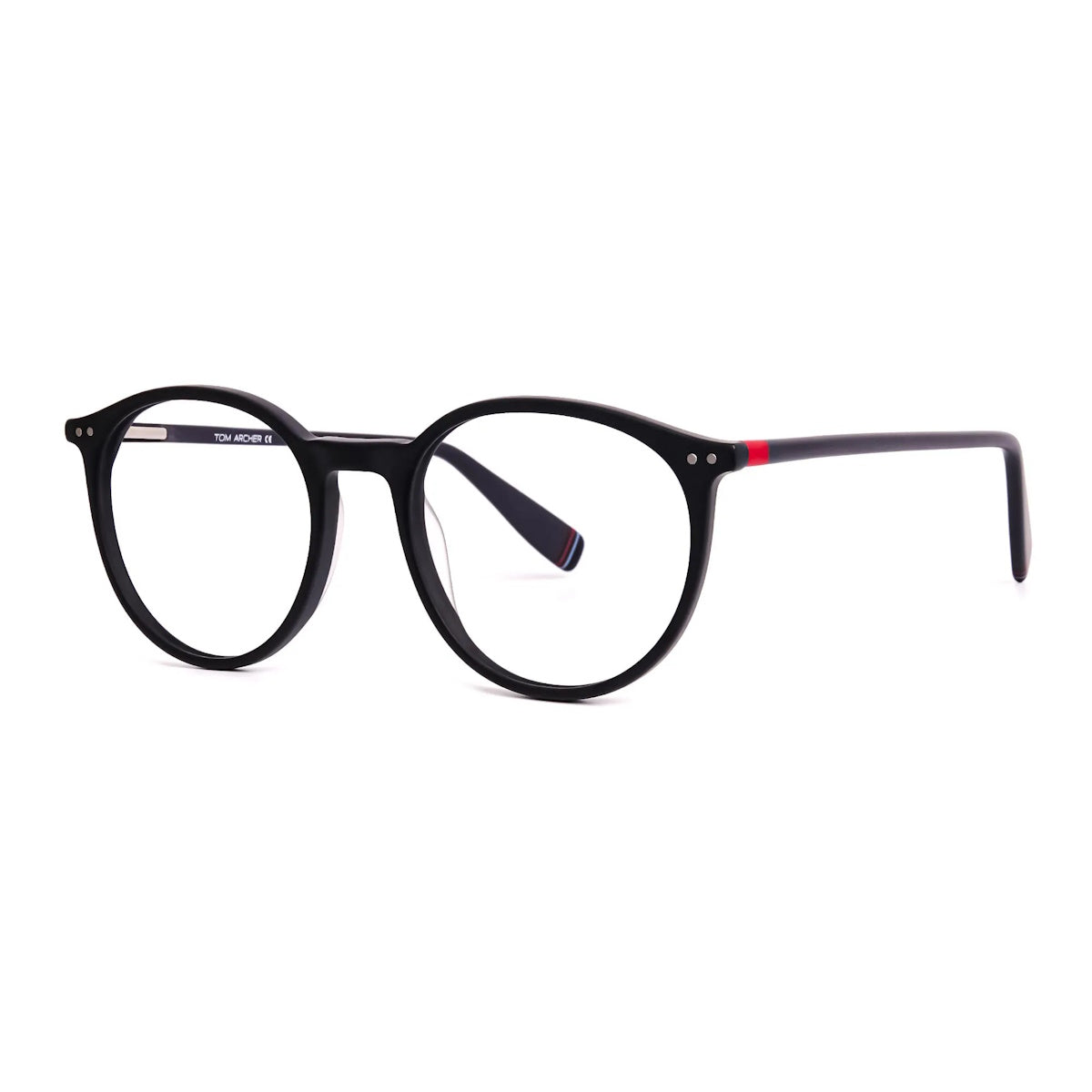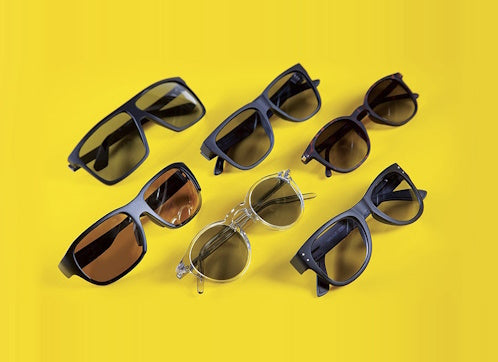
Sunglass lens categories
Many people perceive sunglasses as just a simple accessory. These days, there are far fewer people who use them considering their original purpose—sun protection. After all, people look at our mobile phone screens much more often than they look up. However, this does not mean that this product should be chosen solely based on appearance, focusing on the popularity of manufacturer or brand names, such as TOM FORD SAMSON FT0909 52H (men’s model) or KATE SPADE ZYA/G/S/STRASS SZE HA (women’s model). Here we dive into the various types of lenses & how to pick the right one for your needs.
What exactly are sunglass lenses?
Beyond their role as a stylish addition to one’s look, sunglasses serve several principal functions:
- Shielding one’s eyes from harmful ultraviolet rays
- Minimizing reflections & brightness from different surfaces
- Enhancing overall eye comfort, which is especially useful for those who spend long hours indoors under artificial light and aren’t accustomed to direct sunlight.
To properly fulfill these functions, the product must be selected carefully, considering its properties, coating & tint, as well as the person’s lifestyle and profession. The choice may also depend on whether a person drives, how often & whether they engage in outdoor activities on bright streets. Below are considered tips for choosing the best product.
Why understand how to choose sunglass lens categories
Let’s kick things off with the number one job sunglasses do: shielding people’s eyes from the sneaky dangers of ultraviolet (UV) rays. Too much exposure can mess with human eyes, leading to things like cataracts or macular degeneration over time. It’s like letting a silent villain wreak havoc.
Then, there’s the issue of glare—it’s not just about the occasional squinting; it’s about real safety. Glare messes with how we see things, making everything seem off. Drivers, for example, might misjudge a turn or not see a pedestrian coming. It’s a serious game of ‘who sees what first,’ and sometimes it’s the difference between an accident and a near-miss. Whether you’re strolling through a busy street, hiking up a mountain trail, cruising down the highway, or doing whatever else under the sun, the right lenses bring clarity and safety to the table. They not only reduce strain but also help people see better and protect them from long-lasting eye fatigue.
Key factors to consider when choosing
Let’s consider the main factors to keep in mind when selecting the right sunglass lens categories.
- UV protection. This is the most important feature. 100% of UVA and UVB rays should be blocked to ensure protection for one’s eyes.
- Light transmission. Since different tints are applied, this affects the percentage of light let through. Choose based on the dominant conditions of use. For example, if a person lives in an area with a lot of sunlight that they want to block out, it might make sense to choose darker options. In contrast, regions with high cloud cover might call for less dark ones.
- Material affects durability, weight & optical clarity. Common materials include glass and polycarbonate. The first is a classic material with excellent transparency, but it feels heavier on the nose and is prone to breaking and getting scratched with frequent use. Polycarbonate is lighter, more durable & more commonly used, but is also similarly prone to mechanical wear over time.
- Since all lenses are prone to scratches and wear, it might be important to purchase them with special protective coatings that extend their lifespan.
What do sunglass categories mean and what types are there
In addition to the factors for choosing, there are also categories. What do sunglass categories mean? Let’s take a look:
- Standard/neutral. What do these sunglass categories mean? These have a neutral color coating (gray or brown), which generally does not distort the color spectrum of the surrounding world, simply dimming the brightness and providing basic UV protection. These options are an excellent choice for everyday use across a wide range of professions and activities.
- Polarized. Choose this option to reduce glare (from reflective surfaces like snow, glass, wet roads & water). They increase contrast, giving enhanced clarity by filtering out part of the visible light spectrum. They are ideal for drivers, athletes, fishermen & winter activities.
- Gradient. This product is darker at the top and gradually becomes lighter at the bottom. This is an optimal choice for outdoor activities in consistently sunny conditions, where it’s important to see objects and people clearly in the horizontal plane at close range.
- Photochromic. These sunglass categories mean that they have a chemical ability to adjust automatically to the level of lighting: they darken in sunlight and lighten in low-light conditions. This option’s especially convenient because there is no need to switch between different types of glasses (sunglasses or corrective) when lighting conditions change frequently (e.g., high cloudiness with rapidly moving clouds). A downside could be their less active response inside a car, as the windshield filters out most UV rays, which reduces the lenses’ reaction to changes in light.
- Mirrored. Classic options with a reflective surface that hides the wearer’s eyes. In addition to reflecting light and significantly reducing glare in the field of vision, this option also has a high-tech style, making it a popular choice among fashion enthusiasts.
- Blue light blocking. These sunglass categories mean that they’re suitable for those who spend a lot of time in front of a computer screen. Different screens emit light in different ways, but these sunglass lens categories can block most of the blue light emitted by any screen. This reduces eye strain, intracranial pressure & the potential for headaches and increased fatigue. As the description suggests, such products are used primarily by those working with computer monitors indoors. However, these can also be used by those who spend a lot of time with their smartphones or tablets.
- High definition. These sunglass categories mean that they are made from modern materials and coatings, ensuring optimal optical characteristics. Providing excellent clarity and improving visual detail and contrast, they help reduce eye fatigue. The optimal choice for professions where clear vision is important: drivers, pilots, workers in precision-based fields & scientists.
Our website also offers additional color options: pink, purple, white & multi-colored.
How lens color affects color perception
It’s no secret that the color of the lens will alter how a person perceives the world. Here’s a brief look at what sunglass categories mean in color options.
- Gray lenses do not distort colors but only reduce overall brightness. An excellent choice when there’s a lot of direct and bright sunlight.
- Brown and amber sunglass lens categories enhance contrast and depth perception, making them optimal for variable cloud cover, which is common on windy or overcast days. Looking through them, there’s less blue color in the world, improving the sharpness of vision and making them a popular choice for outdoor sports.
- Yellow lenses are suitable for low-light conditions (dawn, dusk, eclipse & unusual weather). They enhance contrast, which is useful for driving in fog. However, these ones are not suitable in snowy surroundings or bright sunlight because they actually increase the amount of light entering the eyes.
- Blue and green sunglass lens categories effectively reduce glare and do not distort true color perception. These colors are also used for polarized lenses, which are good for fishing, as they make the water clearer and objects more visible in it.
- Red and orange lenses are used in specialized sunglasses for specific sports or activities. Red enhances contrast quality in low light while orange improves visibility in fog and smoke. These ones are suitable for shooting, hunting & skiing.
What types of lens coatings are there?
In addition to the factors mentioned above (type and color), sunglass lens categories also vary based on the coatings applied to them.
- Anti-reflective coating not only reduces glare but also improves sharpness and clarity of vision. Lenses without tint and with this coating are ideal for night driving, according to many reviews.
- Scratch-resistant coating, which we’ve already mentioned above, extends the life of glasses made from various materials. It’s perfect for everyday use, especially when the owner forgets to care properly, for instance, to store the glasses in a soft case.
- Anti-humidity coating—for those who often suffer from this problem. Suitable for high perspiration, high humidity & those who frequently move between rooms with different humidity and temperature levels.
- Hydrophobic coating for repelling water and sweat.
Choosing based on one’s lifestyle
Now that you know what sunglass categories mean, it’s time for last but not least. It’s important to mention that the right choice should be made based on your activity level, too.
For outdoor enthusiasts, the recommendations are polarized or gradient lenses, which reduce glare and increase contrast, helping you see clearly in various weather conditions.
For drivers, polarized gray lenses are best, as they eliminate glare from different surfaces. If you drive in different weathers and terrains, it’s also a good idea to have frames with yellow lenses for fog as a backup.
If you’re into sports, amber or yellow lenses that enhance contrast can improve your performance.
And for those who treat sunglasses as just an accessory, why not choose neutral gray or light-brown lenses, or even gradient ones, offering comfort, protection & style?
And remember, sunglass lens categories can vary & they don’t necessarily have to be dark. It’s commonly believed that darker lenses offer better UV protection. However, the darkness of the lens has nothing to do with actual UV filtration. So, the darkness and its percentage in sunglass lens categories are a matter of personal preference.
